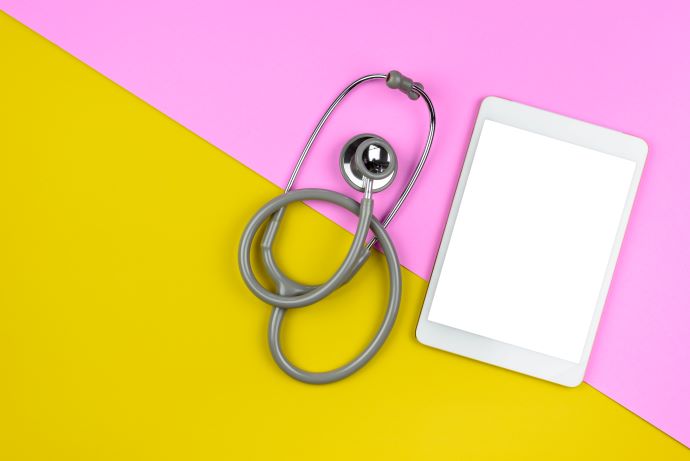US House Reps Introduce Bill to Expand Virtual Specialty Care Access
The legislation proposes using CMS innovation center funds to test a virtual specialty care network for Medicare and Medicaid populations.

Source: Getty Images
- A bipartisan group of United States House representatives has introduced legislation to assess the feasibility and efficacy of a virtual specialty network for Medicare and Medicaid beneficiaries.
Led by Reps. Michelle Steel (R-CA) and Susie Lee (D-NV), the Equal Access to Specialty Care Everywhere Act (EASE) Act aims to use existing Center for Medicare and Medicaid Innovation (CMMI) funds to test a virtual network to expand access to specialty care among underserved populations covered by Medicare and Medicaid.
The network would leverage various virtual care modalities, including eConsults and telehealth, to connect patients with clinicians in multiple specialties like cardiology, neurology, and endocrinology. The network would operate in coordination with patients’ primary care providers in local facilities, including federally qualified health centers, rural health clinics, and community health clinics.
“By allowing patients to utilize telehealth when finding specialty care, rural and underserved communities can quickly access quality, low-cost health care,” said Steel in a press release. “This commonsense step is critical in reducing costly emergency room visits by allowing patients to address the root cause of health concerns before they grow worse.”
Andrea Salinas (D-OR), Mike Kelly (R-PA), Don Davis (D-NC), Darin LaHood (R-IL), Lori Chavez-DeRemer (R-OR), Don Bacon (R-NE), Yadira Caraveo (D-CO), and Monica De La Cruz (R-TX), co-sponsored the legislation. It has been referred to the Committee on Energy and Commerce and the Committee on Ways and Means.
OCHIN, a nonprofit research and innovation network, praised the new legislation.
“Everyone should have access to timely specialty care in order to be healthy, but patients in rural communities face unique challenges,” said Jennifer Stoll, chief external affairs officer at OCHIN, in a press release. “We are grateful to all the legislators championing the bipartisan EASE Act…whose leadership will build clinical capacity, improve patient access, and curtail rising health care costs for rural communities.”
Research has shown that specialty care access can be challenging for certain populations. One study published in 2019 reveals that 60 percent of community health centers reported difficulty obtaining new patient specialty visits for their Medicaid patients, most often for orthopedics.
Federal agencies are actively looking to address specialty care access barriers. In 2021, the Centers for Medicare & Medicaid Services (CMS) announced a goal to have all original Medicare beneficiaries and the majority of Medicaid beneficiaries in accountable care relationships by 2030. To meet this goal, CMMI developed a comprehensive specialty strategy to test models and innovations that support access to integrated specialty care across the patient journey.
Released in 2022, the strategy includes several elements, including enhancing the transparency of specialist data and performance measures and creating innovations to improve coordination and collaboration between primary care and specialty care physicians.
Virtual care modalities are increasingly employed to close the specialty care access gap, with research showing these modalities can effectively address needs across specialties.
An analysis conducted by Epic Research in 2023 shows that rates of in-person follow-up within 90 days were higher across most specialties for in-office visits than telehealth visits.
The researchers analyzed data from 40.68 million specialty visits and 32.14 million primary care encounters from January 2022 to March 2023. They gathered the data from Cosmos, a HIPAA-defined limited dataset of more than 190 million patients from 208 healthcare organizations using the Epic EHR system across the United States and Lebanon.
They found that visits within 16 out of the 24 specialties studied resulted in in-person follow-ups within 90 days after an office visit more often than after a telehealth visit. The in-person follow-up rates were highest for in-person mental health-, physical medicine and rehabilitation-, and pain medicine-related office visits compared to telehealth. On the other hand, the rates were lowest for podiatry, obstetrics and gynecology, and ophthalmology.
